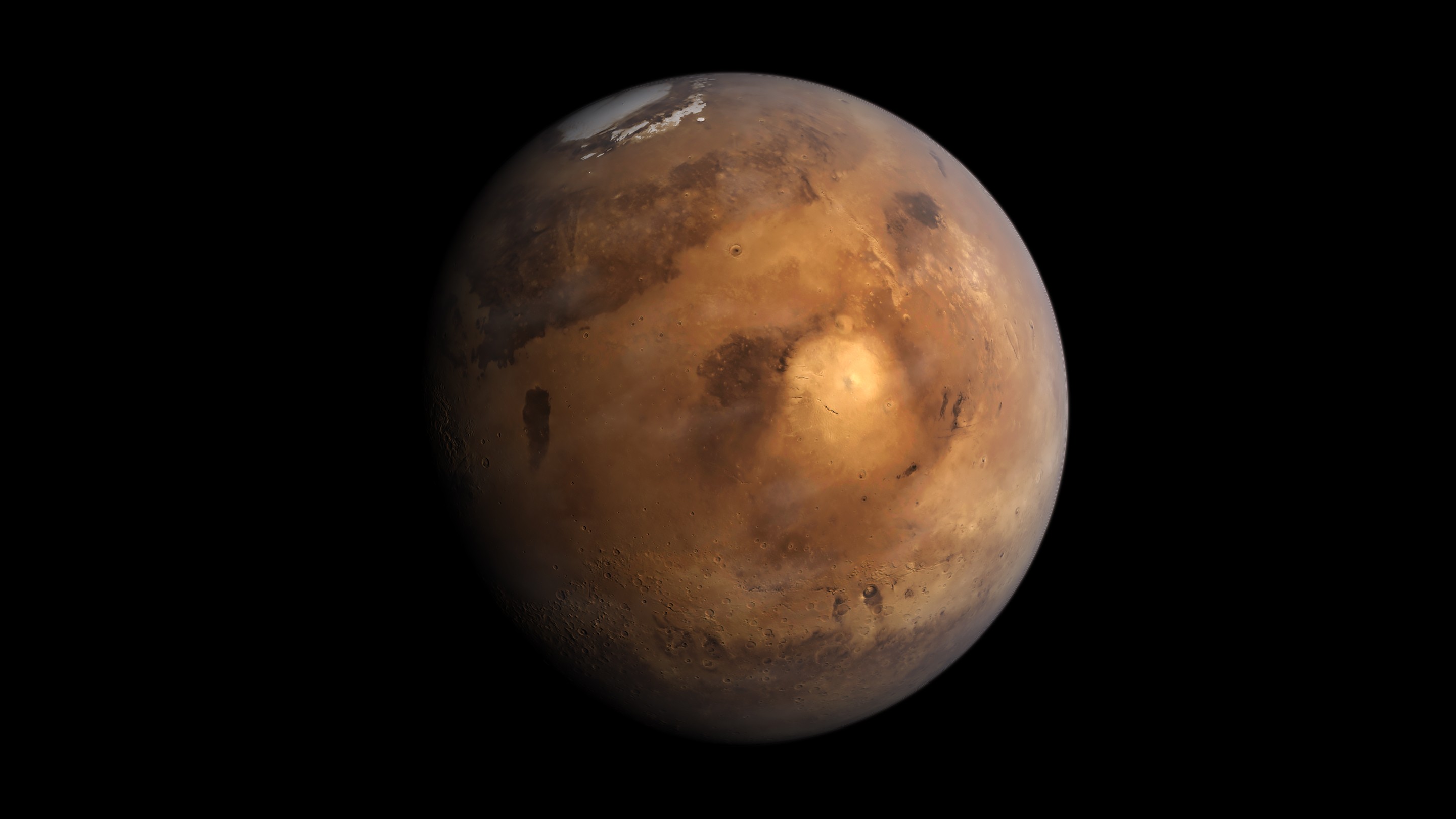NASA has again just partnered with the SETI Institute. The goal:to ensure that the current and future missions of the American agency comply with planetary protection standards.
When exploring a planet or moon, the problem of microbial contamination must arise. Our germs could indeed potentially contaminate areas likely to harbor one or more forms of extraterrestrial life . There is also concern that our aggressive microbes will wipe out an entire ecosystem before we've even had a chance to discover and study it.
Conversely, we must also protect the Earth as part of mission returns . After all, we don't yet know what microbes might exist on Mars or in the plumes of Europa. These organisms, if they exist at all, could then potentially cling to the ships, survive the journey and possibly affect life on Earth.
Since the beginning of the Space Age, researchers have taken these different types of threats seriously. NASA was the first to mention, in 1959, the need to sterilize our spacecraft. It was therefore decided in the early 1960s that all planetary exploration missions must adhere to sterilization standards.
From then on, a committee (COSPAR) was set up, in order to establish recommendations and protocols designed to protect the space from any risk of contamination.
The SETI (Search for Extra-Terrestrial Intelligence ) is essentially known for its projects whose objective is to detect the presence of advanced extraterrestrial civilizations in other systems.
However, it should also be noted that this group of researchers has been working for more than a decade to protect the solar system from microscopic stowaways during NASA missions. A close collaboration which, a priori, seems set to last a few more years.
NASA has just awarded a new contract to SETI in order to ensure that current and future American missions comply with protection standards. In this spirit, the Institute will work in close collaboration with the Office of Planetary Protection of the agency.

It will essentially be about setting up new standards in collaboration with companies working for NASA on upcoming projects.
We are thinking in particular of the Mars Sample Return mission, which aims to bring samples of Martian rock back to Earth, or the Europa Clipper mission which will visit the moon Europa, from Jupiter, in the early 2030s. The Institute will also offer its expertise within the framework of the next crewed missions to the Moon (Artemis program).
“As we return to the Moon, search for evidence of past or present life on Mars and continue our missions of exploration and discovery in the solar system , planetary protection is becoming an increasingly important element mission planning and execution , said Bill Diamond, President and CEO of SETI. We are proud to partner with NASA for this mission-critical function.”
And to add:"we will help protect the Earth from all forms of contamination, and help ensure that the life we may find on other worlds don't come from ours .